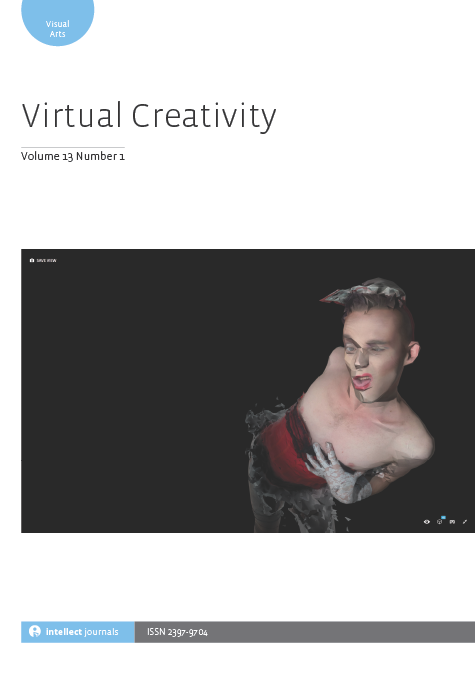
Full text loading...
 , Janns Alvaro Patiño-Saucedo2
, Janns Alvaro Patiño-Saucedo2 , Heyder Paez-Logreira2
, Heyder Paez-Logreira2
The virtual reality progress is undeniable. It has dabbled in multiple fields, from general education, all the way to the complicated nuclear technology education. This can be attributed to the flexibility of this tool. To integrate this technology into the Universidad de la Costa, a two-part project was initiated. This work represents the first part, where the authors analysed the use of prototype development to migrate a brain model to a virtual environment. Additionally, an initial evaluation was also applied to estimate the benefits and advantages of the model in this early development stage. It was found that this methodology provides an excellent form of communication between the developer and the user. Also, prototyping helps to correct errors at an early stage of the project. Although some problems were found due to the use of this methodology, the authors present some solutions that might avoid them. The result was an application that exceeded expectations, and even though it is incomplete, end users consider that it can be implemented as a teaching aid.

Article metrics loading...

Full text loading...
References


Data & Media loading...

Publication Date:
https://doi.org/10.1386/vcr_00075_1 Published content will be available immediately after check-out or when it is released in case of a pre-order. Please make sure to be logged in to see all available purchase options.